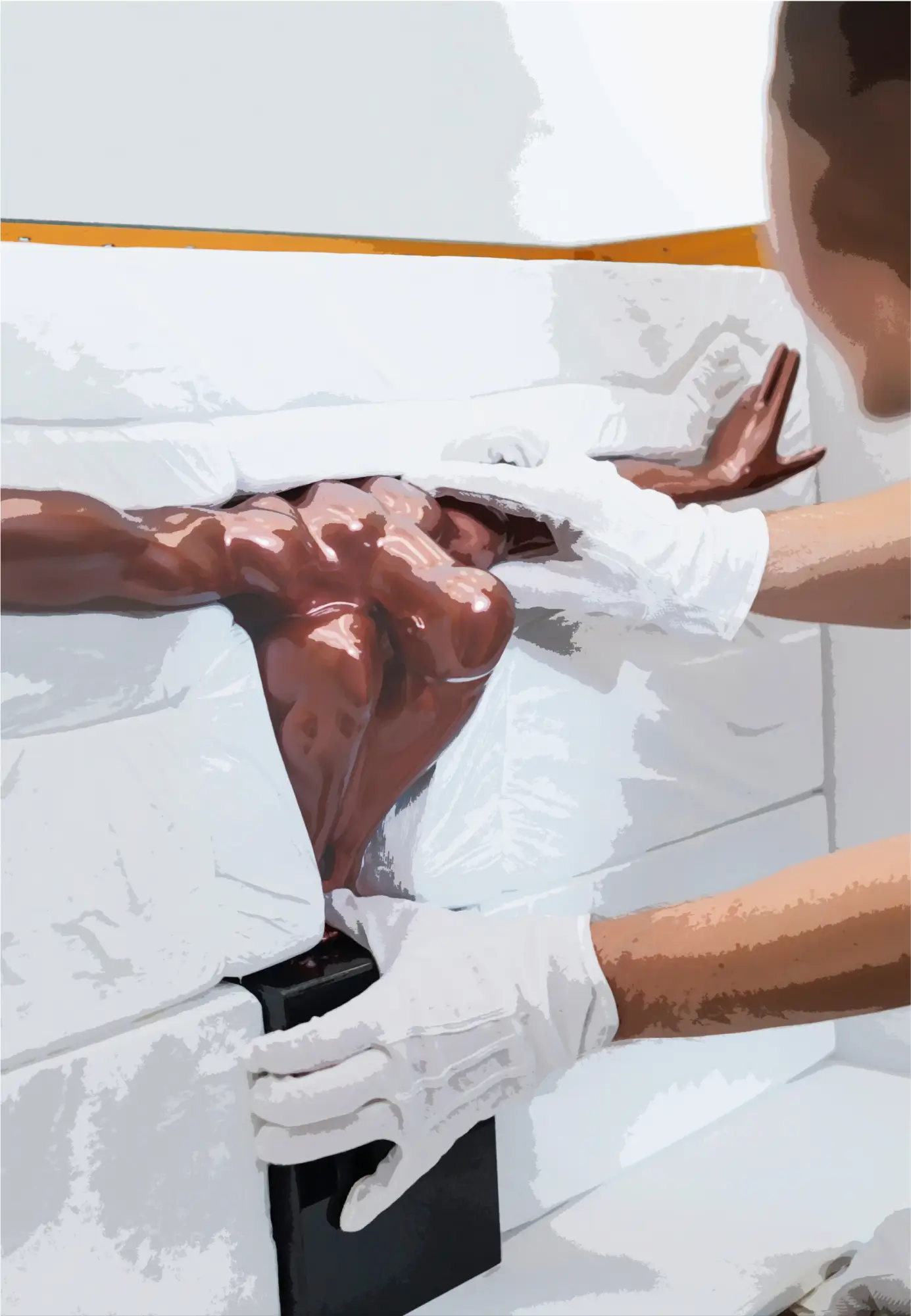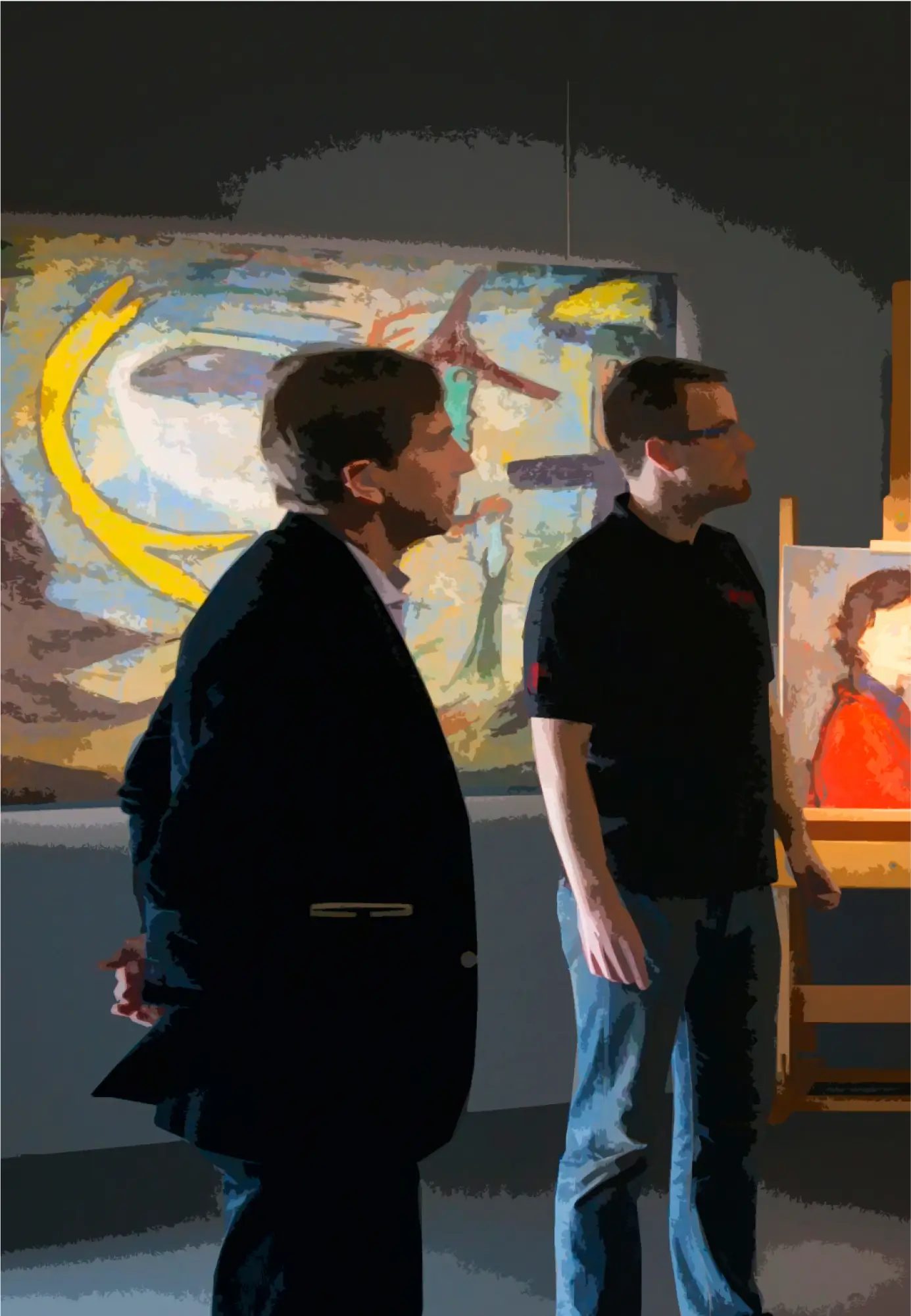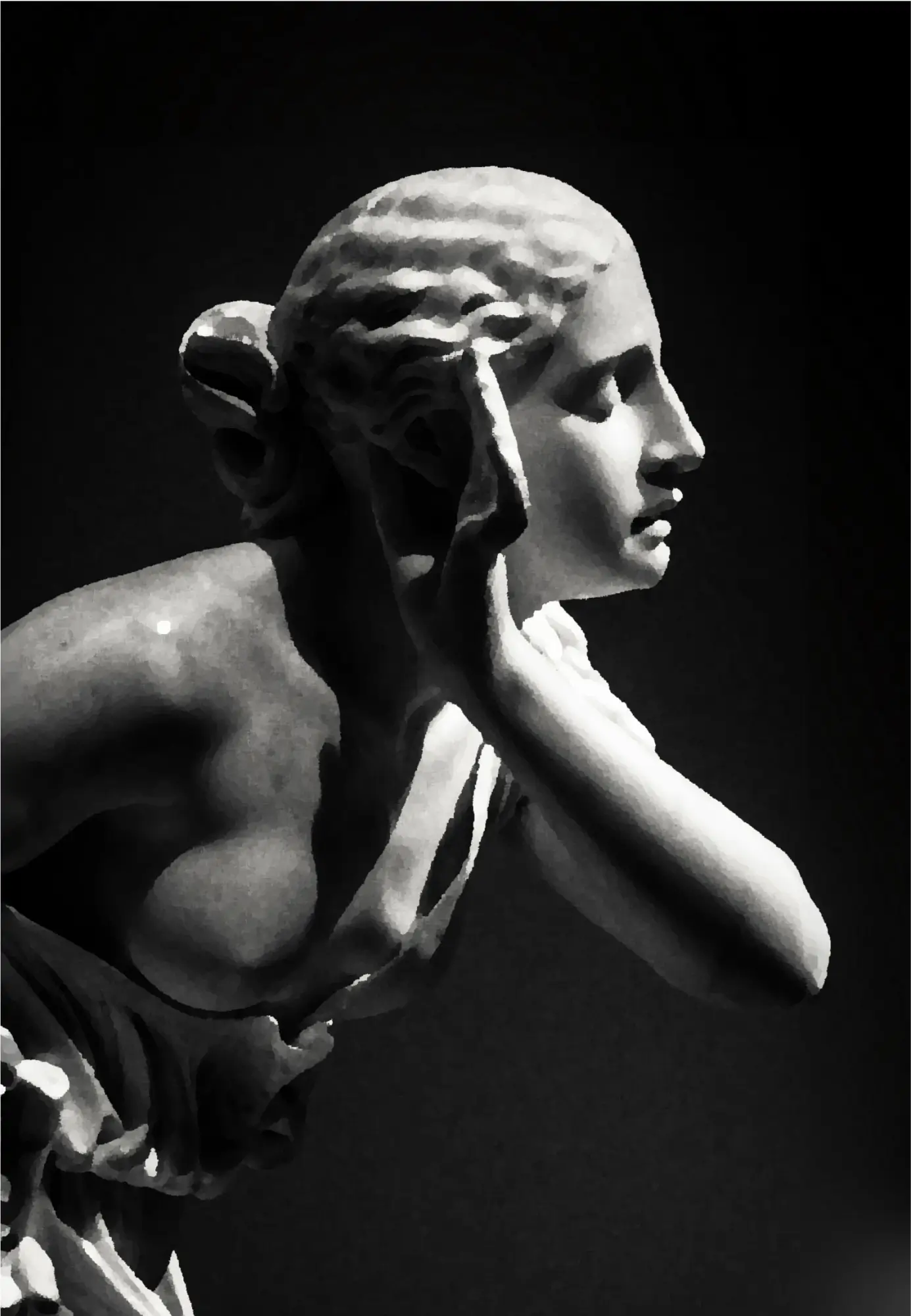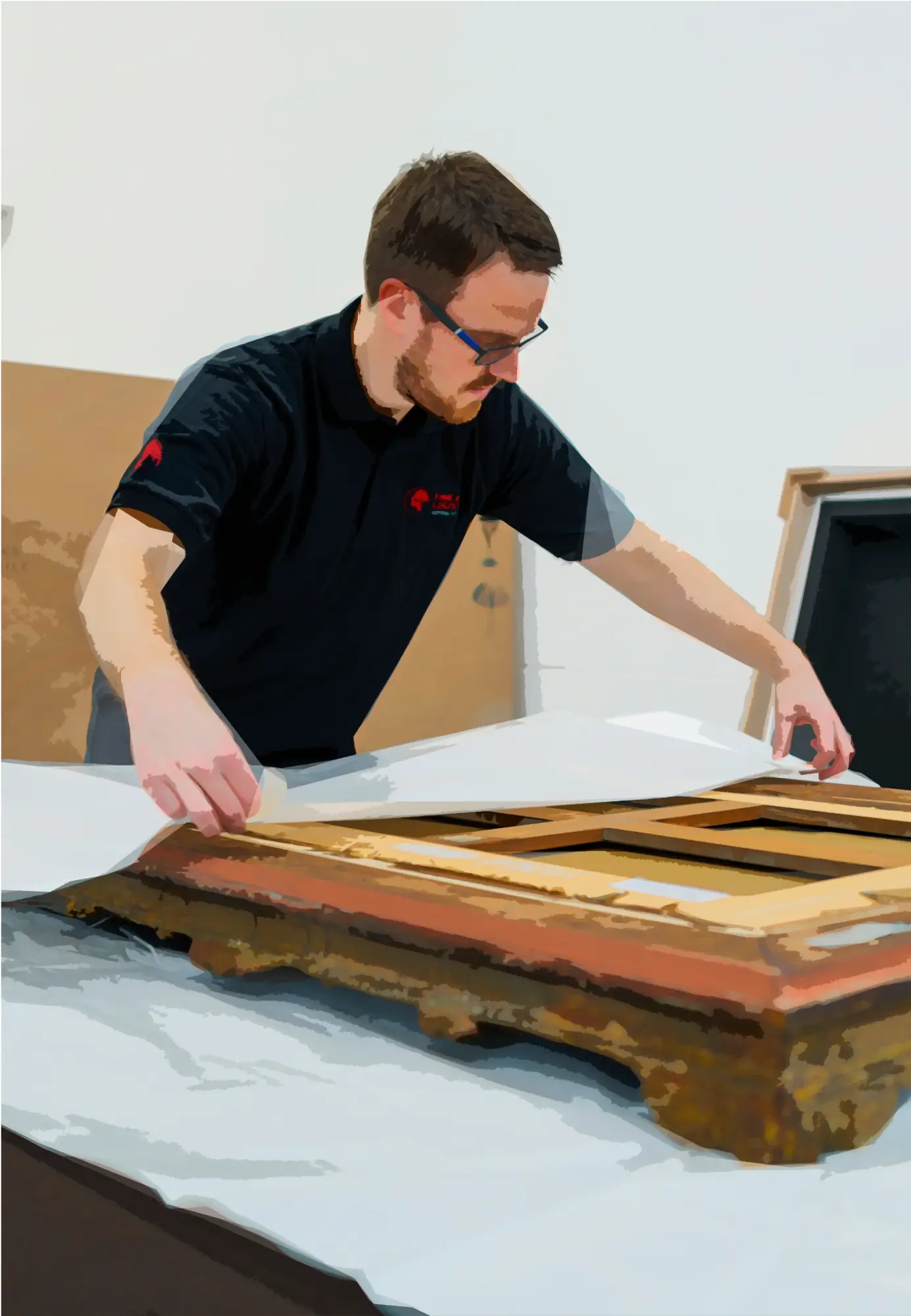How did you become the director of this art gallery?
I founded the Nosbaum Reding network of art galleries with my wife in 2001. We first opened in Luxembourg, on Place de Strasbourg in the train station district, and then opened a second space in 2006 in the old town district, next to the fish market. We later opened a gallery in Brussels in 2021, on Rue de la Concorde in the Louise district. Throughout our adventure, we relied on our insight, network, and passion for the art world to develop our business and establish ourselves for the long term.
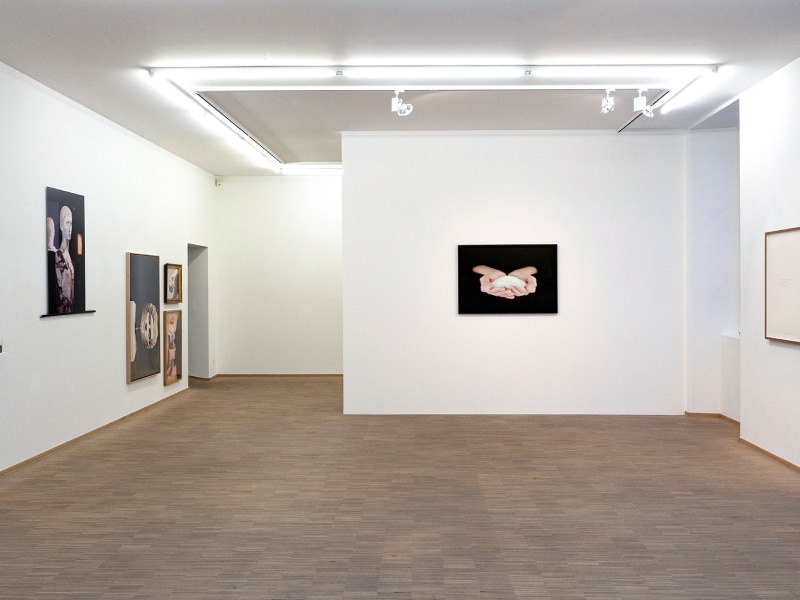
How would you describe the style and artistic direction of your gallery?
The choices we make in selecting the artists we showcase in our galleries are based on different aspects. First and foremost, we primarily make international choices while offering the best of the national scene. We work, for example, with Su-Mei Tse and Tina Gillen. We also favor a very wide mix of media. Furthermore, we fuel the gallery by following our personal affinities, as it is essential for us to be able to passionately defend the artistic creations we present in our various exhibition spaces. Another factor we depend on is the availability of the artists. Sometimes, artists who catch our attention are already under contract with colleagues. In general, it is our expertise that dictates our choices. After 30 years of activity, we have developed a very precise eye for the quality of the works. This is indeed the criterion that ultimately validates our choices. The quality of the creations is essential to our selection process.
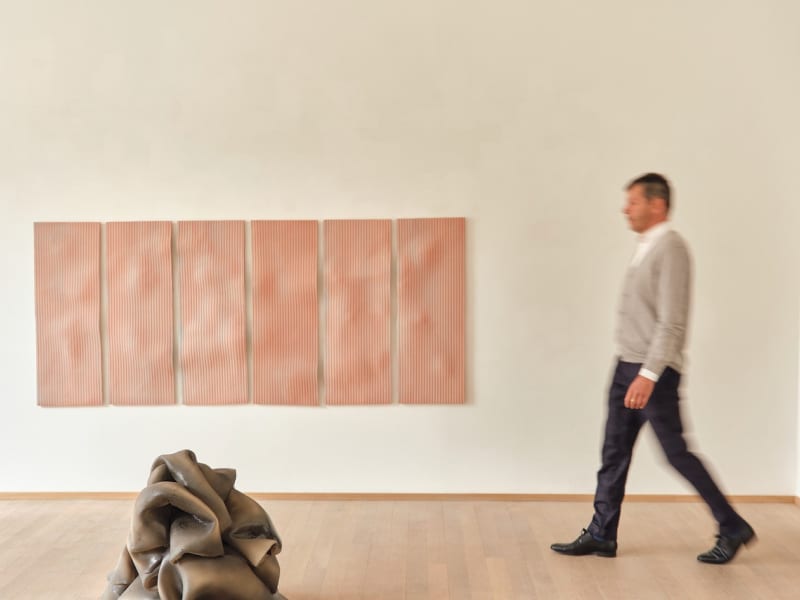
What are the challenges your gallery faces in the globalized configuration of the art market? How do you position yourself as a Luxembourg gallery?
We approach the market in two ways. The regional, national, or nearby border market develops according to classic functions such as networking, direct invitations to our events, or participation in fairs. Then, opening up to the more distant international market is made possible through Internet tools. However, it is a much more challenging market for a team like ours to apprehend. On the one hand, we are limited by the size of our team, which consists of 5 employees. On the other hand, the distance between the gallerist and the buyer makes the sale more difficult, as we are sometimes confronted with withdrawals and unfulfilled purchase promises. However, it should be noted that the Internet also provides us with facilities in terms of visibility. Newsletters, fair invitations, and social networks allow us to reach an ever-wider audience. Just as communication operated by artists on social networks provides visibility to communities of followers, sometimes very extensive.
How does your gallery work with artists to establish lasting partnerships and support their Luxembourg artistic development?
As far as we are concerned, we work old-fashioned, on trust. We do not offer a collaboration contract. As long as the artist and the gallery are satisfied and move forward in good mutual understanding, the collaboration persists. This is really the model that suits us best. We appreciate working by favoring exchanges and positive discussions so that everyone finds their balance and feels comfortable in the collaboration. Then, to develop the artist's visibility, the joint effort is essential. The artist must network with collectors, amateurs, or institutions. He cannot rely 100% on the gallery. Experience has shown us that the gallery, when it works alone, becomes a loser. Whatever event or exhibition the gallerist organizes, success will only be achieved if both parties work in synergy.
How does your gallery engage with the local and national art community?
Firstly, we engage through our presence as a gallery. We organize beautiful exhibitions and invite journalists, institutions and collectors to attend. Secondly, we travel extensively to showcase our artists beyond our walls. It is important for galleries to make an impact outside their own spaces by participating in projects outside. We also collaborate with other galleries to offer larger events. To develop regional art, we operate on different levels. We visit art schools, such as fine arts institutions, to identify talent at the beginning of their careers. We have also created an art prize where an international jury evaluates the work of participating artists. We also expect a lot from the artists themselves. They must be active and engage personally to gain visibility and draw attention to their work on the market, which is a demanding endeavor requiring constant involvement.
How does your gallery work with collectors to help them develop their art collection?
We talk a lot with collectors and are very proactive in our relationship with them. However, we cannot say that we act with the neutrality that collectors expect. As gallery owners, we always seek to promote the artists we work with. Therefore, we focus more on sales than advice, which requires knowing the collector's personal taste like the back of our hands, which is a difficult process to integrate into our other activities.
How do you organize events and exhibitions to attract collectors and encourage them to visit the gallery regularly?
Our keyword for attracting collectors is quality. When we organize an exhibition or offer a preview, we put all our energy into selecting and presenting artists who are worth seeing. We have also developed highly effective communication strategies, even if sometimes we have to chase after collectors one by one and follow up to convince them. Finally, we organize exhibitions in places that are likely to make us visible to audiences who are not yet familiar with us.
What are some upcoming events and exhibitions that you would recommend to collectors and investors to discover new artists and trends in art?
In Luxembourg, the three places to visit without moderation when you want to stay in touch with local artistic production are the MUDAM, the CASINO, and the KONSCHTHAL space in Esch. Through these regular visits, collectors can hone their eyes and stay informed about the international scene while having a good overview of the national and local scene.
We give you the opportunity to present an artist that you represent. Who would you like to introduce to collectors and investors?
Yes! We recently met Max Coulon, a talented young artist based in Paris. He was introduced to me by a friend, Stephan Balkenhol, who is also an artist with whom we have been working for a long time. We were in a situation where we lacked a sculptor, and the meeting with Max turned out to be a pleasant surprise. He was very enthusiastic, and the story took off quickly after a first visit to the Poush artistic center in Aubervilliers at the end of last year. In fact, one of his works had already caught my eye at the Luxembourg Art Week last year. Our meeting was, therefore, a happy coincidence that led to a future collaboration.
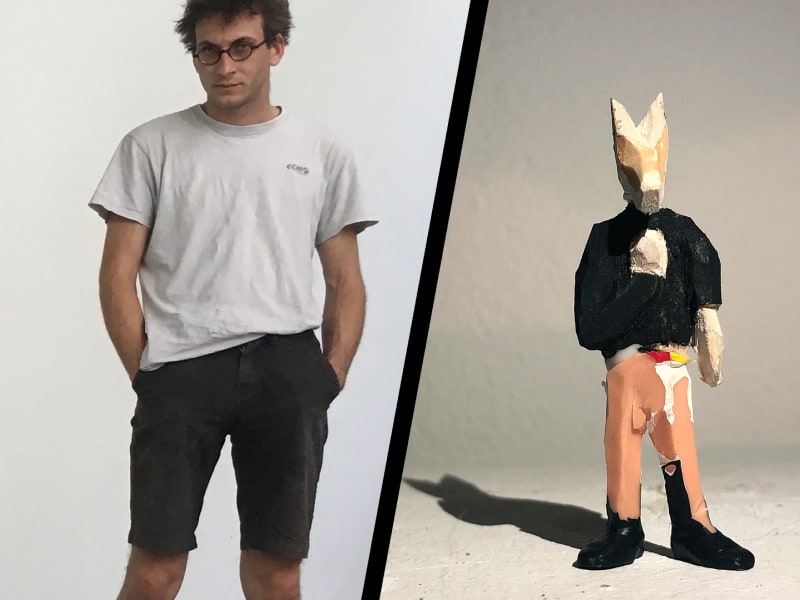
What is his artistic approach? What are his inspirations?
His work is primarily figurative. He offers a societal analysis with an ironic spirit. He proposes refined creations with multiple layers of interpretation. I can only advise contemporary sculpture enthusiasts to take the time to stop and appreciate Max's compositions. It is a refreshing surprise.
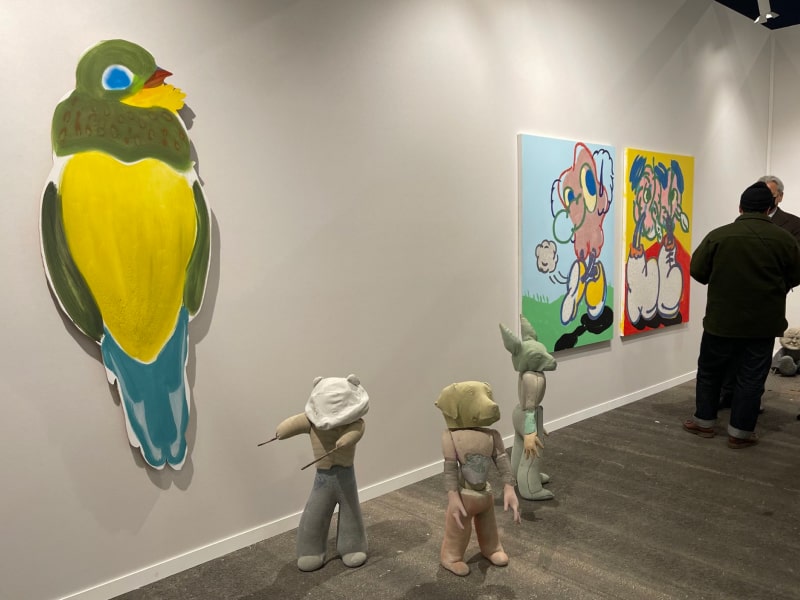
Do you have any exhibitions planned with this artist to showcase his work to collectors who wish to discover his production? And if so, where will they be held?
Yes, we will be exhibiting three pieces at the upcoming fair in Brussels, and we are planning a first solo exhibition for September and October 2023. And, as usual, this beautiful story is orchestrated based on a relationship of trust.
